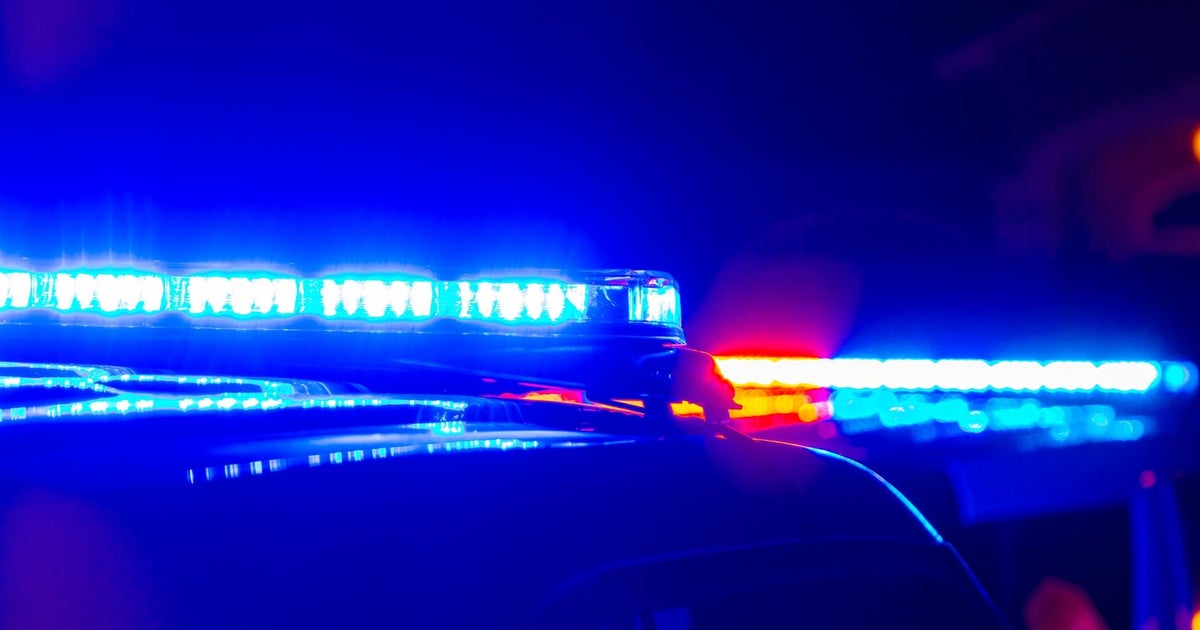NTSB Says Lack Of Highway Markings Caused Fatal 2016 San Jose Bus Crash
SAN JOSE (CBS SF) -- A fatal Greyhound bus crash on U.S. Highway 101 in San Jose in 2016 was caused by a lack of adequate highway markings, according to the National Transportation Safety Board.
The crash occurred in the northbound lanes of the highway at 6:37 a.m. on Jan. 19, 2016, when the bus struck a stationary crash attenuator adjacent to a carpool lane, riding up onto a concrete barrier and rolling onto its right side before coming to rest 65 feet from the point of impact.
It was rainy and dark at the time. Due to worn and missing highway markings the driver, later identified as 58-year-old Gary Bonslater from Victorville, thought he was in a left-hand exit lane as he struck the unmarked crash attenuator in the "gore" - the paved area between the exit lane and the main area of the roadway.
Caltrans had failed to mark the gore with stripes or chevrons, according to the NTSB.
"This crash did not have to happen because the barrier that the bus hit should have been visible, even in the bad weather, but it was not," acting NTSB chairwoman T. Bella Dinh-Zarr said in a statement. "Moreover, the
crash would probably have resulted in fewer deaths and injuries if the occupants had worn their seat belts."
There were 21 passengers on board at the time of the crash. Two women died, identified as Fely Olivera, a 51-year-old resident of San Francisco, and 76-year-old Maria De Jesus Ortiz Velasquez from Salinas.
Thirteen others were injured, including the driver, whose seat broke free from the floor of the bus.
In a separate report released last week the NTSB issued a safety recommendation to the bus's manufacturer, Motor Coach Industries International, that they evaluate and possibly modify the driver and floor structure design "to prevent driver seat separation" in future crashes.
© Copyright 2017 by CBS San Francisco and Bay City News Service. All rights reserved. This material may not be published, broadcast, rewritten or redistributed.



